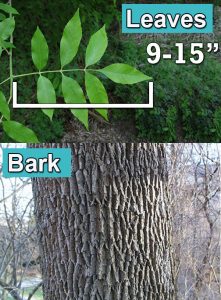Existing clients may receive additional benefits to support food needs
NEW CASTLE (June 28, 2020) – Emergency benefits will be issued to participants of Delaware’s Supplemental Nutrition Assistance Program (SNAP) for June as part of the federal Families First Coronavirus Response Act of 2020.
Under this federal act signed into law March 18, the Delaware Department of Health and Social Services (DHSS) will issue emergency benefits to any household not already receiving the maximum monthly SNAP benefit. SNAP households that already receive the maximum monthly benefit will not receive additional funds.
The emergency benefits will be released Tuesday evening, June 30, and will automatically load to recipients’ SNAP Electronic Benefits Transfer (EBT) cards for use starting Wednesday, July 1. The emergency benefits will allow the household’s monthly allotment to increase to the maximum amount for a household of that size, as follows:
| Number in SNAP Household |
Maximum Benefit Amount |
| 1 | $194 |
| 2 | $355 |
| 3 | $509 |
| 4 | $646 |
| 5 | $768 |
| 6 | $921 |
| 7 | $1,018 |
| 8 | $1,164 |
| Each additional person | $146 |
SNAP households will receive their regular June benefits on their usual issuance dates.
Many SNAP households also received emergency benefits in March, April and May. “We are grateful that this additional assistance continues to be available to Delaware families who are struggling to meet their food and nutritional needs because of the devastating impact of COVID-19 on our economy,” said Dr. Kara Odom Walker, Cabinet Secretary of the Department of Health and Social Services. “DHSS continues to work with our fellow state agencies and community partners to help reduce the number of individuals and families who are worried about going hungry.”
More than 120,000 Delawareans receive SNAP benefits. The average size of a SNAP household in Delaware is 2.04 individuals and the average monthly benefit amount is $233. Individuals seeking to apply for SNAP benefits in Delaware may apply online through Delaware ASSIST or by phone at 1-866-843-7212.
-30-
The Department of Health and Social Services is committed to improving the quality of life of Delaware’s citizens by promoting health and well-being, fostering self-sufficiency, and protecting vulnerable populations.

